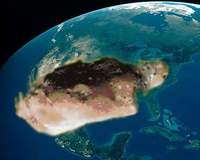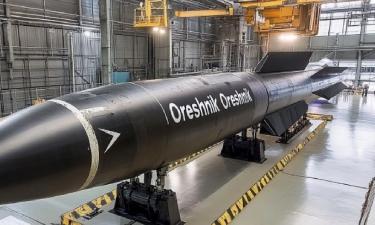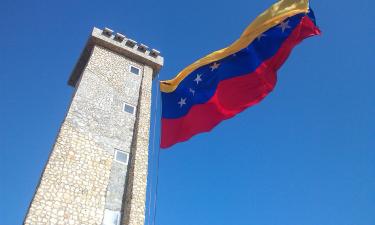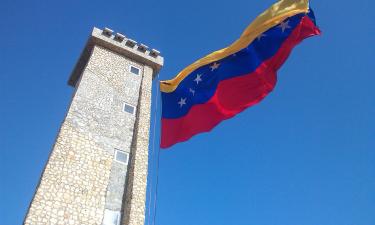Asteroid Apophis 500 meters in diameter to ram into Earth in 2029
Asteroid MN4 otherwise known as Apophis has been designated the most dangerous heavenly body of the century
On April 13th, 2029, the asteroid may crush into Earth causing an explosion 100 times bigger than the blast of the A-bomb dropped on Hiroshima in 1945. A large part of Moscow is likely to disappear.
Apophis was discovered by Steve Chesley at NASA in June 2004. He stirred up a lot a buzz among his colleagues by saying that the thing is definitely going to ram into Earth. The colleagues rushed to telescopes and checked the photographs of the celestial sky. They found the asteroid on a photograph taken back in March.
The diameter of MN4 was initially measured at 500 meters. Researchers reduced the diameter to 320 meters after conducting a series of additional calculations. The asteroid rotates once in every 323 days, it crosses Earth's orbit twice a year. There is a real threat of collision, but it is not so deadly as previously thought. The asteroid will not be smashing our planet on April 13th, 2029. But it is expected to cross the sky in a really close vicinity to Earth. It might as well destroy a communications satellite.
NASA strikes comet: photo gallery
Things may turn for the worse after the near-miss experience. It is not yet clear what will happen after the dangerous rendezvous. Some astronomers believe the earth's gravitation is capable of diverting the flight path of the asteroid. What direction will it take? Specialists are still busy trying to guesswork the year of a potential disaster: 2035, 2036 or 2037. They release scary estimates saying that the whole Northern Hemisphere may be under threat. The end of the world is out of question though densely populated areas would sustain heavy casualties. An area of 40 square kilometers would lay waste.
What should be done to protect our planet? Specialists consider two options at the moment. One involves demolition of the asteroid, the other one is to push it aside. Pushing the monster aside is less dangerous than an explosion producing thousands of fragments with unpredictable flight patterns. Where will those fragments fly to?
NASA astronauts Edward Lu and Stanley Love recently came up with an idea of pushing it aside by using a heavy spaceship. The ship should be heavy enough, from 20 tons to 30 tons. It would spin around Apophis. The asteroid's trajectory would be deflected by the ship's gravitational effects.
In the meantime, scientists are going to take a closer look at the dangerous heavenly bodies. European Space Agency is planning to launch a spacecraft which expected to land on asteroids to collect necessary data and images. Astronomers will be able to see the space rocks coming closer to Earth.
Subscribe to Pravda.Ru Telegram channel, Facebook, RSS!





